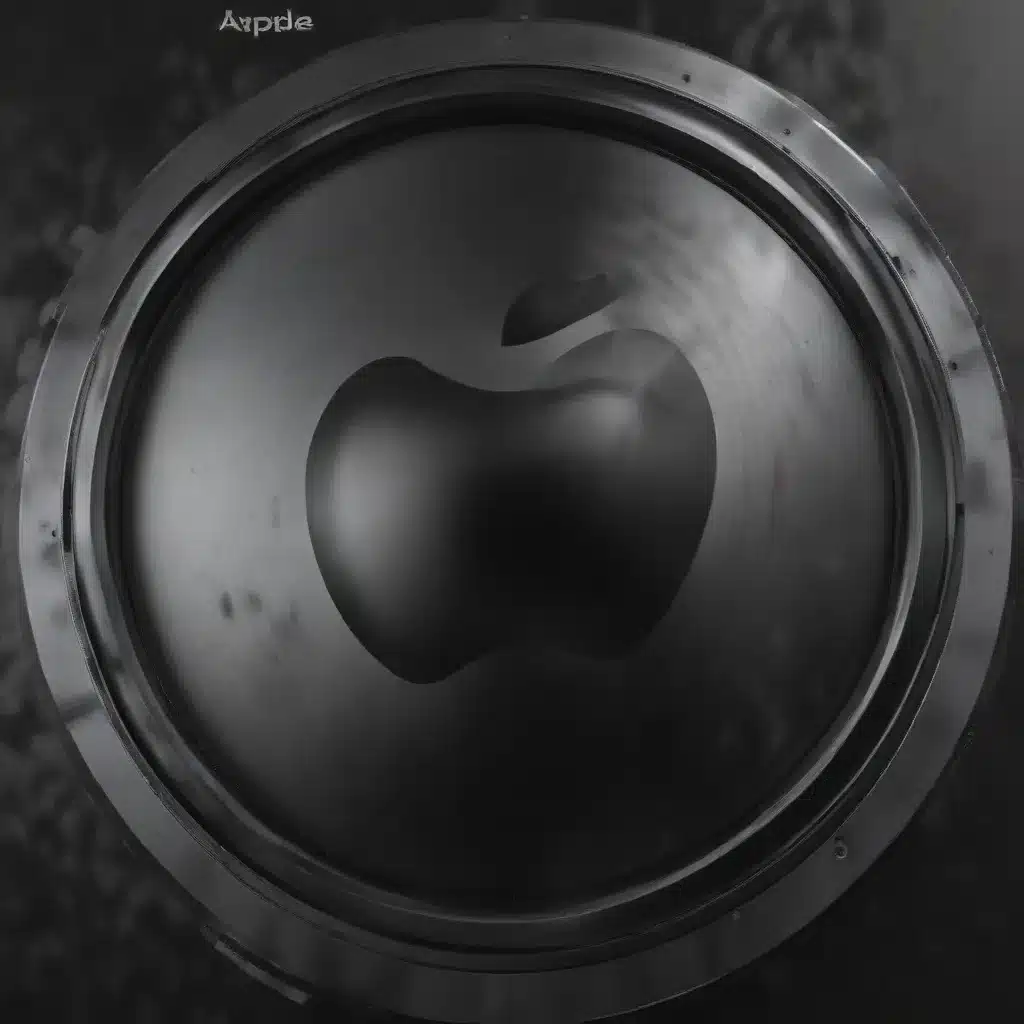
Unlocking the Power of Apple’s Next-Gen GPUs
As a seasoned IT professional, I’m excited to dive into the latest advancements in Apple’s Metal graphics API. This powerful framework has been the backbone of graphics and compute performance on Apple platforms, and with the introduction of the new Apple family 9 GPUs, there are some truly remarkable improvements that developers can leverage to create stunning visuals and immersive experiences.
Boosting Performance with the Next-Generation Shader Core
At the heart of the Apple family 9 GPUs lies the next-generation shader core, which brings significant enhancements to improve the performance of your existing apps and pave the way for the next generation of graphics-intensive software.
One of the standout features is dynamic shader core memory, which allows for much more efficient utilization of on-chip register storage. In the past, the maximum register usage of a shader program would dictate how many SIMD groups could run concurrently on a shader core. However, the new dynamic allocation approach means that registers are now allocated and deallocated as needed throughout the shader’s execution, freeing up space for more SIMD groups to run in parallel. This can have a profound impact on your app’s thread occupancy, leading to substantial performance gains.
Complementing the dynamic register management is the flexible on-chip memory feature. Previously, the different on-chip memory types, such as threadgroup, tile, and stack, were siloed, leading to potential underutilization. Now, these memory types are consolidated into larger, more dynamic caches that can be flexibly assigned based on your shader’s specific needs. This means better cache hit rates, lower latency, and ultimately, improved performance for shaders that access a wide range of memory types.
The third key enhancement is the high-performance ALU pipelines. Apple GPUs have long been optimized for FP16 arithmetic, and the family 9 chips take this a step further by enabling even greater parallelism between FP16, FP32, and integer operations. By executing instructions from multiple SIMD groups simultaneously, the ALU pipelines can achieve up to 2x the performance compared to previous generations.
To help developers take full advantage of these new shader core capabilities, Apple has also developed a suite of profiling tools in Xcode. These tools can assist in diagnosing and optimizing occupancy, ensuring your shaders are running at peak efficiency on the Apple family 9 GPUs.
Accelerating Ray Tracing with Hardware-Assisted Intersections
Another exciting advancement in the Apple family 9 GPUs is the introduction of hardware-accelerated ray tracing. Ray tracing is a powerful rendering technique that can produce highly realistic lighting effects, but it has traditionally been computationally intensive. With the new hardware intersector, the performance of this critical operation has been greatly improved.
The hardware intersector operates independently from the main GPU function, using fixed-function hardware to traverse the acceleration structure and perform the intersection tests. This eliminates the execution divergence that can occur in a traditional software-based implementation, where each ray’s traversal and intersection function calls may take varying amounts of time. The hardware intersector also groups together intersection function calls from rays that originated from separate SIMD groups, further reducing the impact of execution divergence.
To maximize the benefits of hardware-accelerated ray tracing, developers should use the intersector object API rather than the intersection query API, as the former enables the reorder stage that groups coherent intersection calls. Additionally, it’s recommended to create separate Metal intersection functions for each logical intersection routine, rather than a single “uber” function, to increase the effectiveness of the reorder stage.
Unleashing the Power of Hardware-Accelerated Mesh Shading
The final major advancement in the Apple family 9 GPUs is hardware-accelerated mesh shading. Mesh shading is a flexible, GPU-driven geometry processing stage that replaces the traditional vertex shader with two compute-like shaders: the object shader and the mesh shader.
The object shader can be used to perform coarse-grained processing of entire mesh objects, while the mesh shader operates on finer-grained “meshlets” within the parent object. This GPU-driven approach allows for more efficient geometry processing, enabling techniques such as fine-grained geometry calling, procedural geometry generation, and custom app-specific geometry representations.
With the hardware acceleration in the Apple family 9 GPUs, the performance of mesh shading has been greatly improved. The hardware is able to more efficiently schedule the object and mesh threadgroups, keeping the intermediate meshlet data on-chip and reducing memory traffic.
Developers can take advantage of this by optimizing the size of the vertex and primitive data types in the output metal::mesh object, as well as the maximum number of primitives and vertices. Avoiding the need to write vertex positions to the mesh object just for the hardware’s subsequent calling stage can also lead to significant performance gains.
Harnessing the Power of Apple’s Latest GPUs
The advancements in Apple’s Metal graphics API, powered by the new Apple family 9 GPUs, offer developers a wealth of opportunities to create stunning visuals and highly efficient graphics-intensive applications. From the performance-boosting enhancements to the shader core, to the hardware-accelerated ray tracing and mesh shading capabilities, these new features unlock a new level of graphics prowess on Apple platforms.
By leveraging these cutting-edge technologies, IT professionals and developers can push the boundaries of what’s possible, delivering immersive experiences, lightning-fast performance, and groundbreaking visuals that captivate users. As we continue to explore the full potential of Apple’s latest GPU advancements, I’m excited to see the innovative solutions and remarkable applications that will emerge in the years to come.
To learn more about the latest advancements in Apple’s Metal graphics API and how to optimize your applications for the new Apple family 9 GPUs, be sure to check out the IT Fix blog for ongoing coverage and expert insights.












